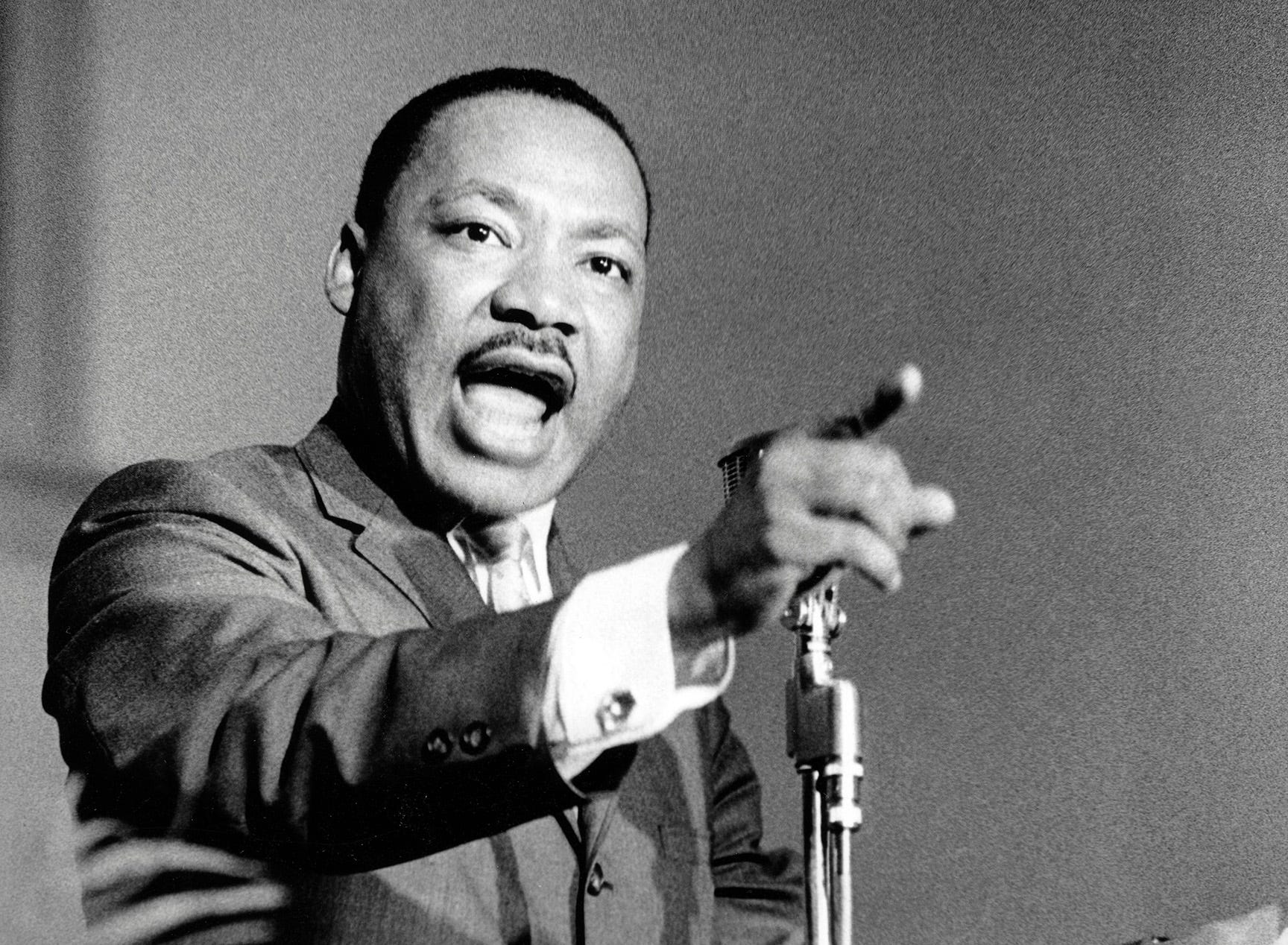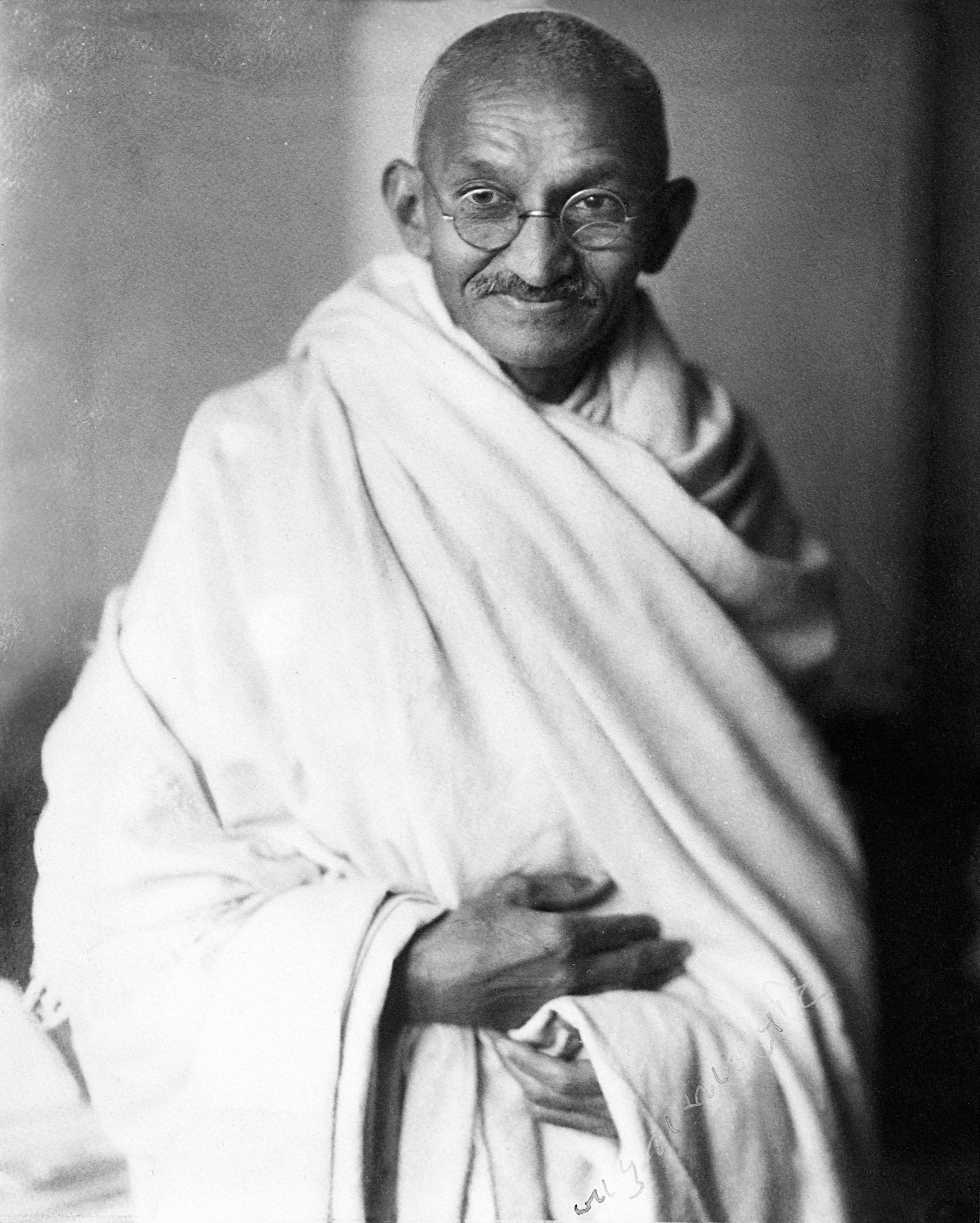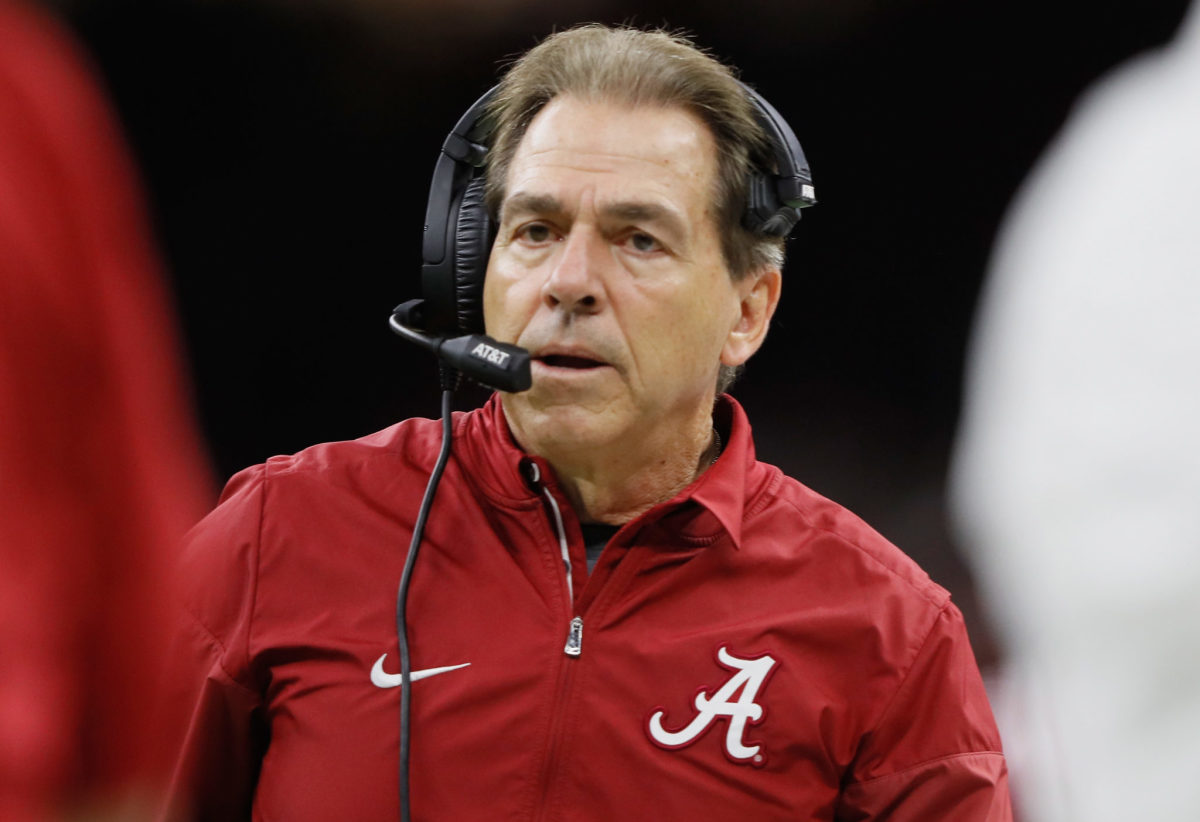The reading did a good job of explaining the influence public figures, like politicians, have on society’s perception of the media. It appears very problematic the rhetoric that is used by politicians on both sides of the political spectrum because it has an apparent affect on their constituents. In fact, “…two separate studies, finds that elite attacks on the press powerfully shape perceptions of news bias even if the news itself is unbiased.” (page 17). The influence from prominent figures, like Trump and Clinton, is real and scary because it can unfairly create bias in well-informed citizens.
A 2009 experimental study shows the existing bias that is existing in our society due to extreme partisan. The experiment used the same content, but changed the logo to different news sources. The result of the experiment found that, “…Republicans prefer stories with a Fox label (regardless of content) and seem to avoid those with a CNN or NPR label. Democrats are equally likely to avoid Fox stories and instead prefer CNN- or NPR-labeled stories. Thus, partisans evaluated the same content differently depending on the partisan nature of the news source with which it was affiliated. This result aligns with more general findings of selective exposure and motivated reasoning among individuals, in which individuals seek out and avoid information that is friendly or unfriendly, respectively, to their preexisting beliefs.” (page 16). The affect that partisanship, promoted by politicians, can have on the population is clear and concerning. What is more interesting while there has always been inherit bias among party lines, the delegitimization against the media is a more recent phenomena. The creation of Fox news and Nixon’s attack on the press set the precedent for the divisions that have created some of the toxic ideologies that political parties have against the news outlets that are supposedly linked to other parties.
4 Comments

